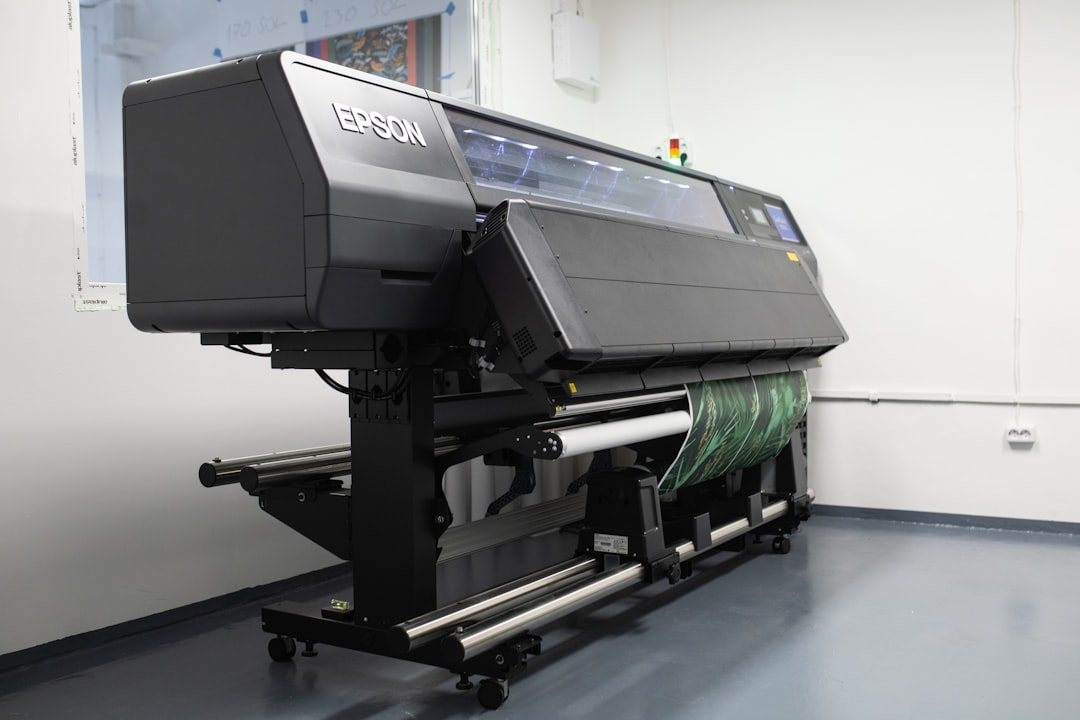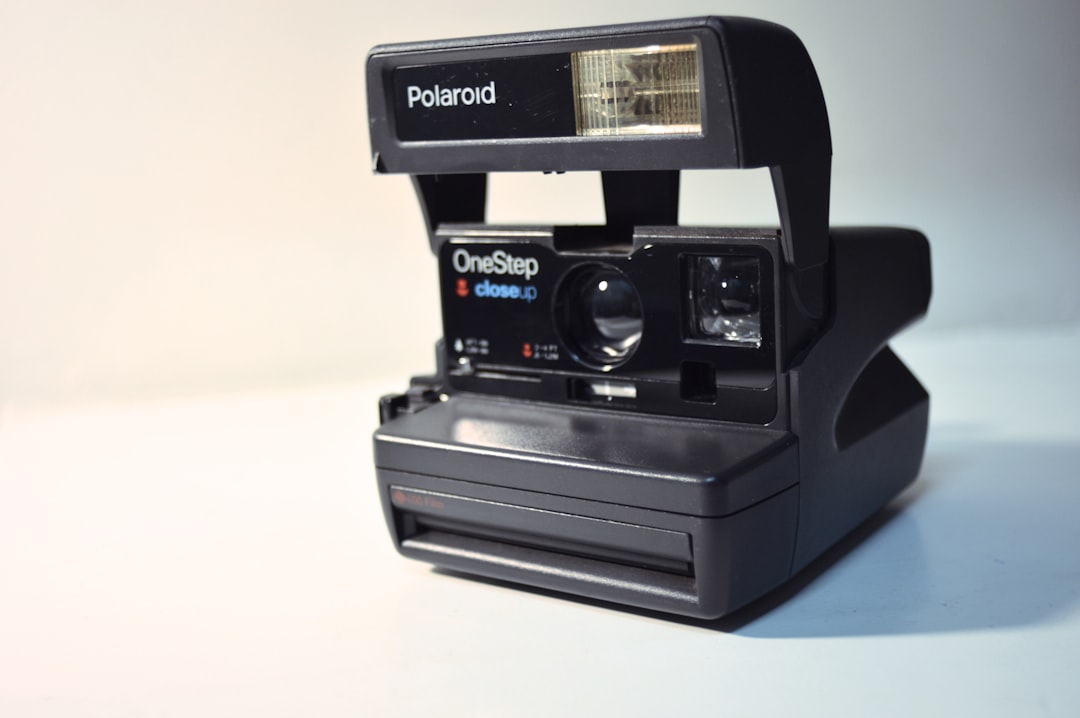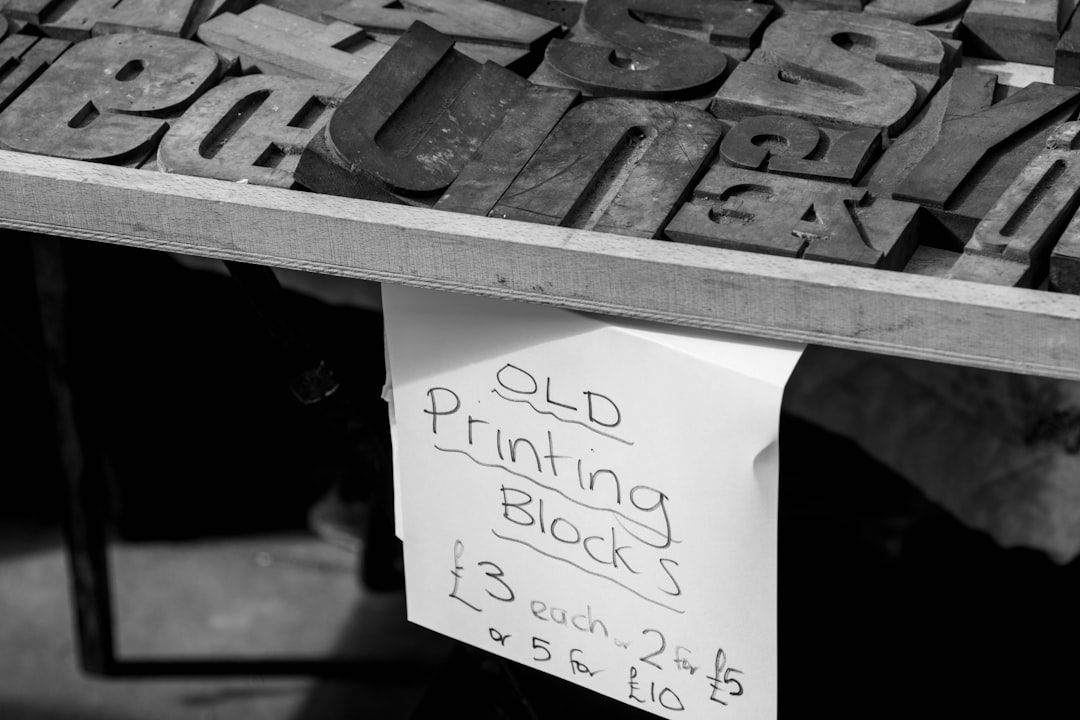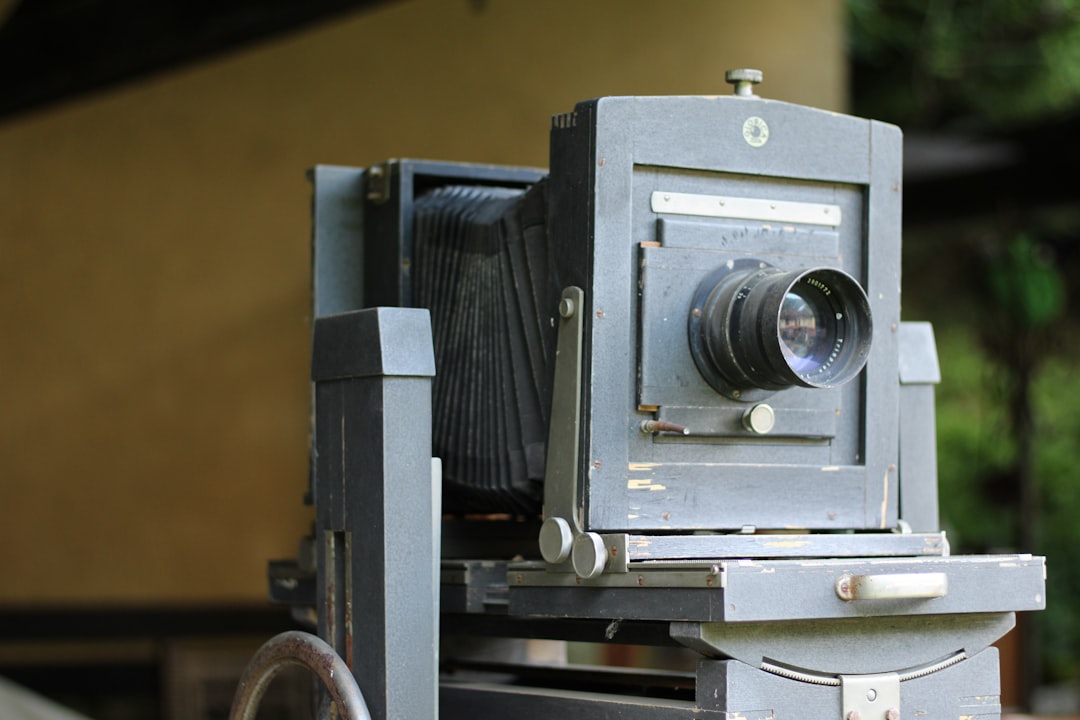

Engage prospects with a scan and streamline customer engagement with FREE QR code marketing tools by Sona – no strings attached!
Create a Free QR CodeFree consultation

No commitment

Engage prospects with a scan and streamline customer engagement with FREE QR code marketing tools by Sona – no strings attached!
Create a Free QR CodeFree consultation

No commitment
QR codes have become a strategic tool, connecting physical touchpoints with seamless online engagement. For photo printing services, QR codes present an easy way to boost engagement, drive conversions, and turn traditional marketing materials into measurable digital experiences. However, many providers lose potential leads due to outdated workflows and missed segmentation, resulting in untapped opportunities and lost engagement signals.
Integrating QR codes into print collateral, product packaging, and in-store displays allows photo printing businesses to guide customers directly to custom ordering platforms, promotions, and service reviews, with no app installation needed. This not only streamlines the customer journey but also delivers real-time insight into user engagement, helping marketers spot upsell potential and unify data for more informed decisions.
This guide details how photo printing services can leverage QR codes to increase customer engagement, track offline and online conversions, and stand out as a preferred provider. Discover how to overcome industry challenges with modern technology that streamlines operations, maximizes opportunities, and meets rising consumer expectations.

Photo printing services have long faced the frustration of missing high-value prospects, particularly when interest is shown offline but never surfaces in the CRM or digital journey. QR codes are instrumental in modernizing how photo printing services engage with these potentially lost customers, transforming static touchpoints like brochures, order forms, and sample catalogs into interactive, trackable journeys. Instead of relying on paper forms and the hope that a customer will manually type a URL at home, a scan initiates instant action that you can measure and nurture.
Begin by identifying where prospects interact but remain anonymous. Printed catalogs, event displays, in-store signage, and packaging inserts are high-intent moments that often go untracked. Assign unique QR codes to each touchpoint so you can connect scans to outcomes like design previews, price calculators, and instant order flows. Replace analog processes such as paper order sheets and manual reprint requests with QR-powered, prefilled digital forms. This shift accelerates engagement, reduces errors, and feeds your CRM with data that supports remarketing and sales follow-up.
Modern platforms such as Sona QR automate these steps. You can generate dynamic codes, manage destinations centrally, and connect scan data to HubSpot CRM for a unified customer view. The result is a cleaner workflow that rescues lost signals, builds richer profiles, and turns offline interest into measurable digital engagement.

A major challenge in photo printing today is bridging the offline-to-online gap. Customers interact with print materials or displays, but those actions often go untracked, making it hard to score leads or engage at the right time. This lack of visibility leads to lost opportunities with warm prospects who handled a sample album at your booth, browsed a lookbook in the store, or glanced at a direct mail coupon on the fridge.
QR codes solve these issues by offering instant, seamless paths from physical touchpoints to digital ordering, feedback, or bookings. Dynamic QR codes are especially useful because you can update offers and destinations without reprinting. A code printed on a holiday brochure can point to a Valentine’s Day promotion next month, and later shift to a graduation campaign in spring, all from a single dashboard.
In photo printing, these benefits apply to common materials such as in-store sample books, appointment cards for studio sessions, packaging sleeves for photo gifts, and receipts or invoices that invite reorders. With QR integration, each of these surfaces becomes a measurable gateway that guides customers toward action while revealing what messaging, offer, and placement work best.
Generic touchpoints often fall short, but QR codes enable more targeted, trackable customer journeys in photo printing. The right format lets you match scan intent with the most frictionless action for each situation, whether that is a reorder or a review.
For most photo printing providers, web links for ordering and support plus SMS or email for approvals will drive the most conversions. vCards work well for sales teams that handle school photos or corporate merchandise. App downloads fit brands with mobile editing tools. Dynamic codes should be the default for campaigns or any asset that you may want to update later.
Dynamic codes let you realign campaigns as opportunities or challenges emerge. If a specific photo gift gains traction, you can re-route high-traffic codes to that offer midcampaign. If a landing page underperforms, you can A/B test a new page without delaying print distribution.

Traditional photo printing leans on physical collateral and events, yet these efforts often produce scattered data. QR codes unify and amplify engagement by turning every surface into a digital onramp that can be measured, segmented, and improved. Start with the materials you already produce because they capture attention in the moments that matter most.
When you deploy codes where people already pause and look closely, you do not need to change customer behavior. You simply make the next step clearer and faster while capturing data you can use to guide future outreach.

Missed opportunities in retention and upselling often come from not surfacing the right engagement at the right time. QR codes bridge that gap by guiding customers to their most relevant next action while capturing data that clarifies intent. Across retail, events, and packaging, the same principle applies: make it easy to engage, and make it measurable.
These use cases align to common customer interactions. A family browsing a holiday card catalog can scan to start a template with their preferred layout preloaded. A corporate client unboxing branded calendars can scan to rate print quality, open a replacement request, or reorder with one tap. A wedding couple who loved their album can scan to share a referral that rewards both them and the new customer.
Data loss during offline interactions limits retargeting and relevant offer delivery. QR code campaigns transform each scan into a segmentable data point that reveals context and intent. When you deploy multiple codes across touchpoints, you can automatically build audiences that map to funnel stages and buying cycles, then use those segments for timely follow-up across email, SMS, and ads.
Start by distinguishing audience categories that matter to photo printing. For example, wedding clients, new parents ordering birth announcements, and corporate buyers of branded merchandise have different decision cycles and price sensitivities. Likewise, reorders from packaging scans indicate a satisfied, high-intent segment, while event scans suggest early-stage interest. Add fields like scan location and time to refine messaging, such as promoting in-store pickup to local scanners and free shipping to out-of-area scanners.
For photo printing, a simple segmentation schema can dramatically improve results. Segment families vs. corporate accounts, first-time buyers vs. repeat clients, and local pickup vs. shipping. Then tailor your messages, such as offering bulk discounts to corporate segments or seasonal reminders to families around school photos, holidays, and graduations.
Photo printing services often face fragmented engagement and attribution. QR codes function as connectors across your print, digital, and in-person channels so you can orchestrate a single customer journey and a single measurement framework. They also enrich your data by turning offline attention into digital signals that flow into your CRM.
QR codes serve as the offline onramp to your digital marketing engine. With a centralized platform like Sona QR, you can manage and update destinations, monitor performance by channel, and sync scan signals with your CRM and advertising platforms for coordinated nurture and attribution.
Even with good intentions, QR deployment can fail due to poor data integration or asset design. Use the following steps to keep execution consistent, aligned to outcomes, and measurable.
Start by defining a single, clear goal for your campaign. In photo printing, examples include booking mini sessions, generating reorders from packaging, collecting reviews after delivery, or driving event RSVPs at a bridal expo. The use case determines the ideal QR format, destination, and success metrics.
Select the code type that best matches your goals. Static codes work for permanent resources such as a PDF brochure or a general contact page. Dynamic codes are recommended for most campaigns because you can track scans, update destinations, run A/B tests, and add UTM parameters without reprinting.
Your design choices determine scannability and adoption. Use brand colors and a logo frame to make codes recognizable. Ensure adequate size, contrast, and quiet zone so mobile cameras can focus and decode quickly in real-world conditions like glossy paper or low light.
Place codes where attention is highest and where a scan is natural. For photo printing, prioritize catalogs, in-store displays, post-purchase packaging, and event signage. Map placements to journey stages so the next step makes sense for that moment.
Tracking converts your efforts into learning and growth. Use Sona QR to monitor scans by time, device, channel, and location. Add UTM parameters to each destination so web analytics align with your QR data. Then adjust campaigns in real time based on performance.
A common pain point is linking offline attribution to actual sales. Advanced QR tracking can attribute scans to individual prospects and accounts by device, channel, or location, which bridges the measurement gap between a catalog page and an ecommerce checkout. This connection is essential for optimizing print budgets and understanding which products and messages outperform by segment.
Integrating scans with your CRM gives you a unified view of activity across touchpoints. With Sona QR and Sona.com, you can capture live scan data, merge it with website visits and email clicks, and use identity resolution to connect anonymous scans to known buyers when they convert. The outcome is clear attribution that shows how QR engagement contributes to pipeline, retention, and upsells.
When scans become part of your performance marketing stack, you stop guessing which print assets matter. You can confidently scale the placements that generate orders and retire those that do not.
Campaign value often declines due to generic targeting or poor actionability. You can counter this by designing QR experiences that are specific, valuable, and connected to automation. In photo printing, that means making it effortless for customers to preview a design, claim a timed discount, or reorder a favorite product while you capture the intent signal behind the scenes.
Two creative examples that work well in photo printing are QR codes on loyalty cards that unlock rotating monthly photo gift offers, and QR codes on invoices that prefill reorder forms for popular prints or gifts. Both create fast paths to value while steadily enriching your database with proven preferences.

Persistent data and engagement challenges in photo printing can be overcome with creative QR campaigns that meet customers where they already are. The following examples demonstrate how small design decisions and strategic placements can create measurable lift in orders, reviews, and referrals.
These concepts work because they reduce friction and express value clearly at the right moment. A customer who is delighted while unboxing is primed to scan and review. A visitor drawn to a template sample will scan to start designing that exact template. Every scan becomes both an action and a data point for future targeting.
Key pain points can derail QR initiatives if not managed intentionally. Common issues include placing codes on reflective materials without contrast, using vague CTAs, and failing to connect scans to actionable workflows. Each of these mistakes reduces adoption and obscures the data that marketers need to optimize campaigns.
Protect your investment by building a process that prioritizes scannability, clarity, and integration. Refresh your dynamic destinations regularly and design staff training into rollouts so associates consistently promote QR experiences to shoppers.
QR codes are more than shortcuts; they are a critical strategy for overcoming challenges like data fragmentation, missed leads, and anonymous engagement in photo printing services. Embedded throughout print assets, packaging, events, and direct mail, QR campaigns turn every touchpoint into a measurable conversion opportunity. This creates a seamless, data-rich customer journey and positions your business to capitalize on industry changes with unified insights. As customer expectations evolve, teams that operationalize QR technology and connect it to their CRM will stand out and achieve better results. With Sona QR, you can generate your first codes in minutes, track scans from the start, and grow into advanced attribution on Sona.com as your program scales. Start creating QR codes for free.
QR codes have revolutionized the photo printing services industry by transforming traditional prints into interactive experiences that drive customer engagement and loyalty. Beyond simply delivering printed memories, QR codes enable photo printing businesses to acquire new customers, offer personalized content, and gather valuable insights on user interactions—all enhancing the overall customer journey. Imagine instantly connecting your clients to exclusive galleries, special offers, or social sharing options right from their prints.
With Sona QR, you can effortlessly create dynamic, trackable QR codes that update in real time without the need for costly reprints. This means every scan provides actionable data, helping you optimize campaigns and directly link customer engagement to increased revenue. Start for free with Sona QR today and turn every printed photo into a powerful tool for growth and deeper customer connection.
QR codes help photo printing services bridge offline-to-online gaps by enabling seamless customer engagement, real-time tracking, dynamic content updates, and measurable conversions across print materials and packaging.
They can assign unique QR codes to print touchpoints like catalogs, packaging, and event displays to guide customers to ordering platforms, promotions, and reviews while capturing data for CRM integration and remarketing.
Common formats include web links for ordering and support, vCards for contact sharing, SMS or email for approvals, app downloads for companion tools, and dynamic landing pages for flexible campaigns.
Effective placements include sample books, catalogs, packaging inserts, in-store signage, direct mail, event banners, and staff badges where customers naturally pause and engage.
Integration allows automatic syncing of scan data to contact records, enabling targeted retargeting, personalized follow-ups, audience segmentation, and clear attribution of offline interactions to sales.
Define a clear use case, select an appropriate QR code type, design with scannability and branding in mind, deploy codes across high-impact channels, and track and optimize performance using analytics.
Dynamic QR codes allow updating destinations, tracking scans, running A/B tests, and adding analytics parameters without reprinting, making them ideal for seasonal or changing promotions.
Metrics include scan-to-order rates, time on page, add-to-cart events, coupon usage, new versus returning scans, and conversion attribution linked to CRM contacts.
By printing codes on receipts, invoices, and thank-you cards that unlock loyalty discounts or referral incentives, making repeat purchases easier and lowering acquisition costs.
Use clear calls to action, adequate code size, sufficient quiet zones, brand styling, contrasting backgrounds, and avoid glossy or reflective surfaces to ensure quick and reliable scanning.
Use Sona QR's trackable codes to improve customer acquisition and engagement today.
Create Your FREE Trackable QR Code in SecondsJoin results-focused teams combining Sona Platform automation with advanced Google Ads strategies to scale lead generation

Connect your existing CRM

Free Account Enrichment

No setup fees
No commitment required

Free consultation

Get a custom Google Ads roadmap for your business






Launch campaigns that generate qualified leads in 30 days or less.
